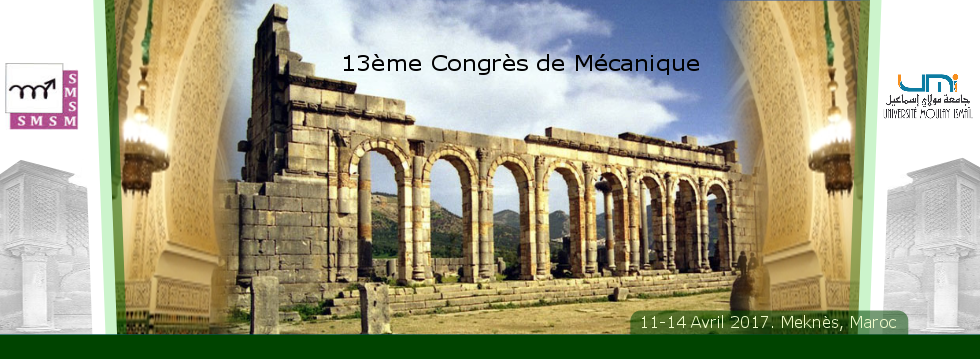The approach developed in this paper is based on water experiments, considered as demonstrators of phenomena present during Silicon directional solidification.
We focus mainly on solute segregation. In fact, this paper presents an original experiment where we introduce electrochemical techniques in order to quantify and understand the mass transfer phenomena.
Measurements are performed in a demonstrator containing a transparent electrolyte. Acoustic waves are used to generate a steady flow. The acoustic beam is reflected on the upper wall, which contain the electrodes. This wall represents the metal solidification front. The electrodes enable us to characterize the mass transfer by diffusion through the boundary layer. Some first results are presented in this paper. In fact, due to the implemented experimental protocol, we are able to characterize the thickness of the boundary layer. Further measurements will be carried out to have a better vision and understanding of the physical phenomena present in this layer.

|
Modélisation expérimentale du transfert de masse en croissance cristalline par des méthodes électrochimiques en présence d'ultrasons
1 : Laboratoire de Mécanique des Fluides et d'Acoustique, CNRS / Université de Lyon / Ecole Centrale de Lyon / Université Lyon 1 / INSA de Lyon
(LMFA)
-
Site web
CNRS : UMR5509, Université Claude Bernard - Lyon I (UCBL), Ecole Centrale de Lyon, Institut National des Sciences Appliquées [INSA] - Lyon
36 Av Guy de Collongue 69134 ECULLY CEDEX -
France
2 : INSA Euro-Méditérranée
Université Euro-Méditerranéenne de Fés, Route de Meknès, BP 51, 30000 Fès -
Maroc
3 : Institut national des sciences appliquées de Lyon
(INSA Lyon)
INSA Lyon
20 Avenue Albert Einstein, 69621 Villeurbanne cedex -
France
4 : Matériaux, ingénierie et sciences
(MATEIS)
-
Site web
CNRS : UMR5510, Institut National des Sciences Appliquées (INSA) - Lyon, Institut National des Sciences Appliquées [INSA] - Lyon
Bâtiment Blaise Pascal 7, avenue Jean Capelle 69621 VILLEURBANNE CEDEX -
France
|


